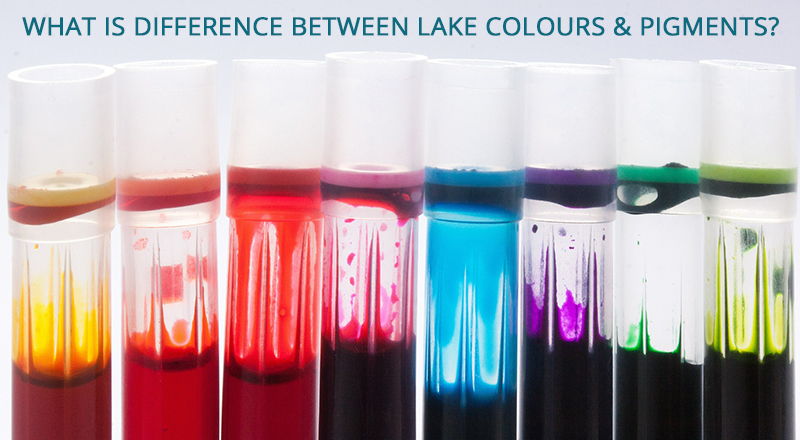Most Popular

A wide variety of colorants are used for manufacturing cosmetics, drugs, foods and other products. As a result pigment manufacturers in India are emphasizing on producing high quality pigment and lake colours to meet the ever growing demands of the food, pharmaceutical, clothing, plastic, cosmetic and other industries. Read on to find out some of the prominent differences between lake colours and pigments.
Lake Colours Defined
A lake color or lake pigment is basically insoluble in nature and colors through dispersion. Lakes are produced through precipitation of soluble dyes with some metallic salt. Thus, lake colors are manufactured with the help of FD&C dyes and can thus be easily mixed with fats, sugars and oils. Lake colours are also used for dispersing in glycerin, sucrose and propylene glycol. Today, an increasing number of companies use aluminum lake colours, which is essentially a blue colored additive used for coating drugs, foods, eye makeup items and products in blue colour. Aluminum lake colours are extensively used for coating cosmetics and tablets, as they’re very stable by nature. Lake colours are available in powder and liquid forms and are used for coloring edible items and products such as lipsticks, lips balms, cupcakes, chocolates, frosting.
Advantages of Lake Colors
Pigments
Pigments, on the other hand are essentially those substances that are used for coloring different types of materials including bath and body products. Pigment colours are usually Ultra-Violet stable and aren’t soluble. They can further be classified as organic and inorganic pigment colours. In fact, soap pigments are basically oxides and were once extracted naturally for safety and consistency but are now being synthetically replicated in the labs, after the FDA’s enforcement. The FDA found that most of the pigments that were gathered naturally consisted of toxic or harmful materials and were extremely unsafe. Pigments are widely used for manufacturing soaps and are also inexpensive as well as available in a wide range of colours. They are ideal for coloring melt and pour soaps, cold processed soaps and hot processed soaps. In fact, pigment colours are also used for producing bathing crystals, liquid soaps and bath fizzies.
Benefits of Pigment Colours